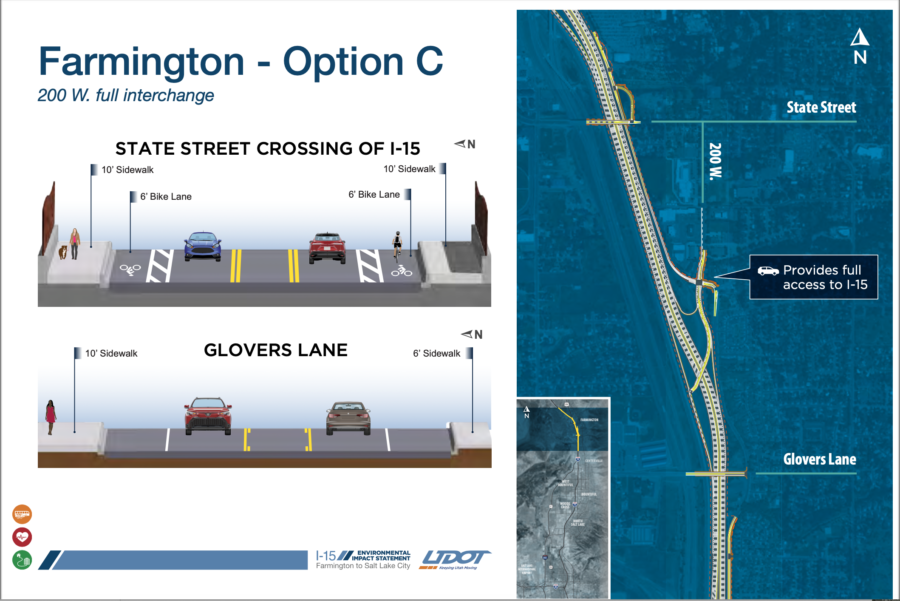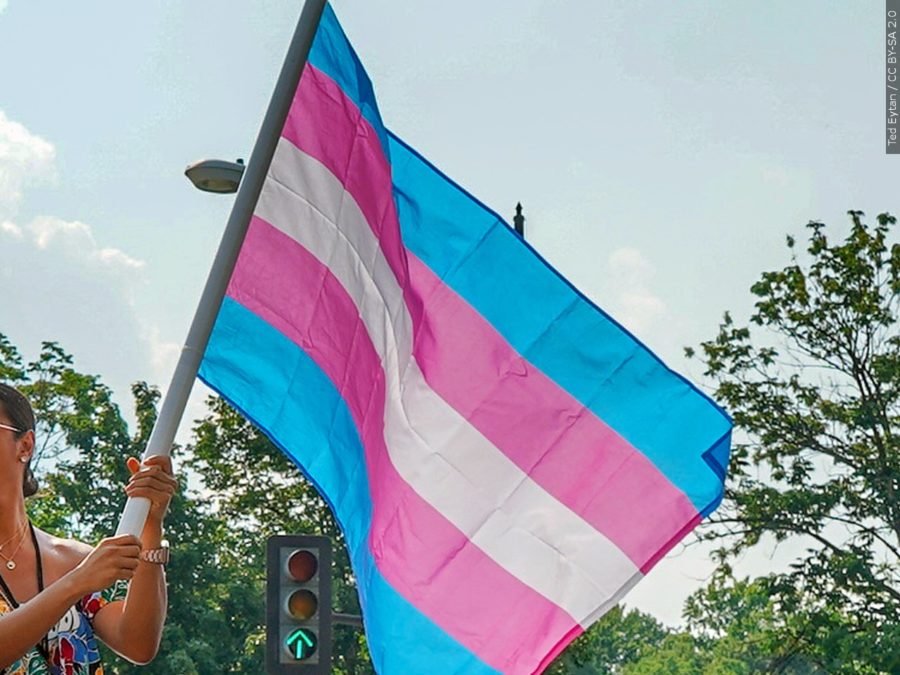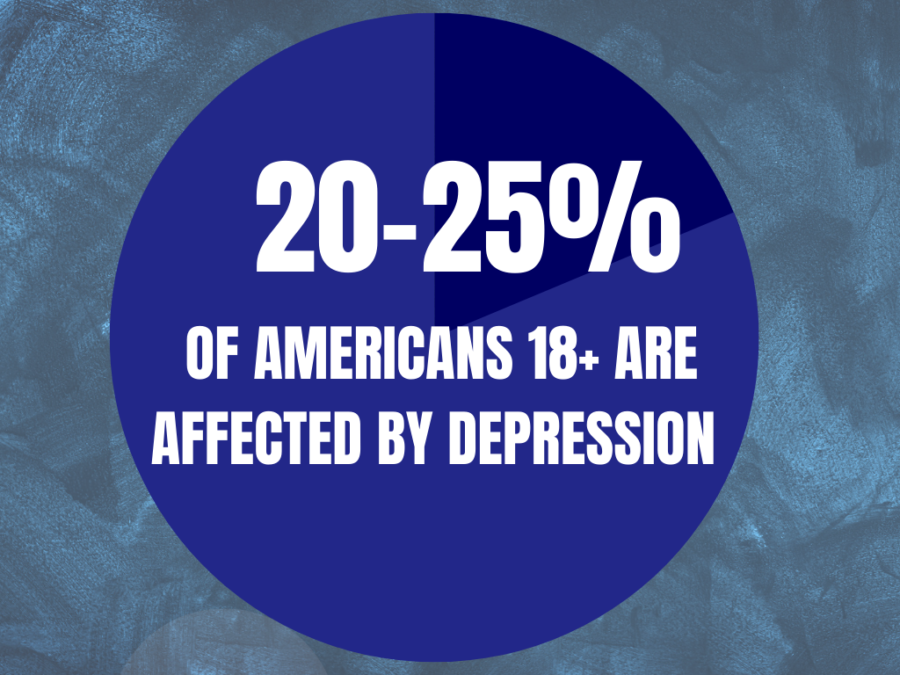Students are being encouraged to work harder in college in order to save money. The Utah System of Higher Education has released its newest campaign, “15 to Finish.” This encourages all students to take 15 credits a semester in order to graduate with a bachelor’s degree in four years as opposed to five years or more.
All institutions of higher education in the state, including Weber State University, support this new initiative. The campaign is one of the strategies put in place by the Utah Board of Regents intended to support Gov. Gary Herbert’s goal of 66 percent of Utahns having a postsecondary degree or certificate by 2020.
Even with the support, only 3,738 WSU students are taking 15 or more credit hours this fall semester. That’s 15 percent of the total student population, and 34 percent of students currently meeting the federal established standard of 12 credit hours per semester are taking 15 credits.
Bruce Bowen, associate provost for enrollment services, said graduating faster is an incentive for most full-time students. By increasing semester course load by one three-credit class, students will graduate faster and be able to join the work force sooner and make a higher salary.
“It’s an important message for students to understand,” Bowen said. “If their goal is to finish as quickly as possible, then they may want to take even more credit hours.”
Bowen also said that taking the full load, usually 120 credit hours in eight semesters at WSU, is an attractive option, because WSU offers year-round courses. Students who also take summer classes will graduate in even less time than four years.
“We do have some departments on campus that are working on a fast-track degree, that if did you go year-round, you could finish much more quickly, and that’s really exciting.”
WSU’s nontraditional student population makes up a majority of enrolled students, at least 57 percent of students at WSU. For students who have families, full-time jobs and other obligations, education becomes a part-time endeavor, and completing a degree can take more than five years.
Brad Mortensen, the vice president for university advancement at WSU, said more students need to be “graduation-minded.” He also said that students taking more credits per semester get better grades.
“If you really want to complete your associate’s in two years or your bachelor’s in four, you need to take 15 credits,” he said. “The basic message is, the ultimate reward is your degree . . . it has a lot more impact on your career and earning potential if you are able to finish that degree.”
Mortensen said he understands how it can be a struggle to balance school and work along with other obligations, but studies have shown that “the quicker students can bite the bullet and get through, the more likely they are to finish.”
The incentive, as said by Pamela Silberman, the director of communications for the Utah System of Higher Education, is also to save students money.
A flat rate for tuition exists for the range of 11-18 credit hours, meaning students taking 11 credits per semester pay the same amount as students taking 15 or 18 credits.
“If you’re taking 12, and you add one more three-credit class, you’ll be taking 15 for the same price, so that’s a really good investment,” Silberman said. “We think that if you look at those incentives and compare that to the cost of an extra year, maybe working a little bit less, ultimately, when you weigh it all out, will be a worthwhile thing to do with your time.”
Silberman said students shouldn’t “sell themselves short,” and that focusing on education for a brief period of time will benefit students in the long run.
“As soon as you can finish, you can get out into the work force, working on your career, contributing to the economy, supporting your family, supporting yourself,” she said, “so there are just so many reasons to not delay or make getting your degree take any longer than it needs to.”
The Utah Board of Regents approved the campaign in July, and launched advertising in different media just in time for spring 2014 registration, according to Silberman. She recommends that students try out 15 credit hours this spring to get a feel for the class load.
The federal standard of 12 credit hours is the minimum requirement for students seeking financial aid. This standard is less likely to change than the tuition plateau; Mortensen speculates that, in time, the flat rate for tuition of 11-18 credit hours will change.
“There’s this disconnect between what the federal government considers full time for financial aid, and how long it takes a student to graduate,” Mortensen said. “There could be some movement on where plateaus are to try to encourage students to take more classes. But that’s a bit more speculative.”














